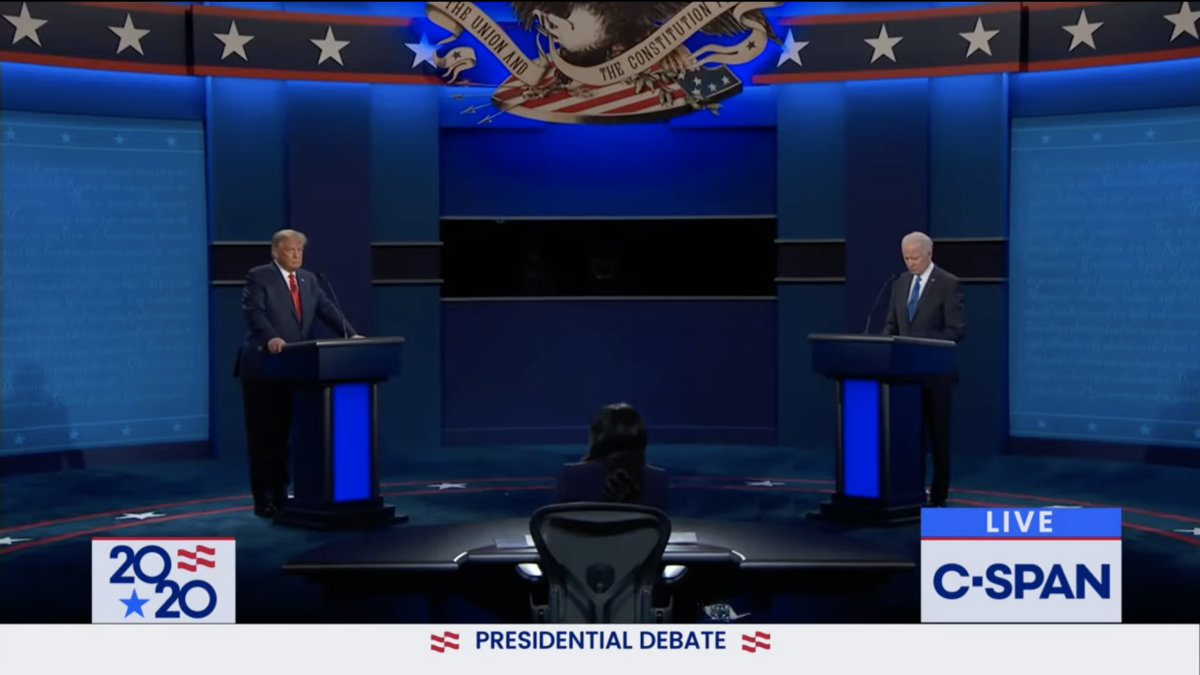How many movies have you watched that have a New Year’s Eve scene with a group of people singing “Auld Lang Syne”? Usually badly with a drink in hand? The song has become a mainstay of cinema.
But how many people actually know the words to the song or sing it in real life? Do you?
It’s not always a good idea to copy the movies. But the singing of “Auld Lang Syne” on New Year’s Eve is one thing the movies get right. The practice is generally attributed to bandleader Guy Lombardo, who on New Year’s Eve 1929 wasn’t trying to start a new tradition but just needed a musical interlude to bridge the stroke of midnight between two broadcasts. He chose “Auld Lang Syne,” already a staple of the band, and it stuck.
But what does “Auld Lang Syne” mean? “For auld lang syne” (the part everyone knows) translates, roughly, to “for old times’ sake,” which is what makes the song so well-suited for New Year’s Eve. The full poem, while commonly attributed to the Scottish poet Robert Burns (1759–1796), was not solely written by him but came from a combination of older sources and Burns’ creative contribution. The tune that we now sing it to, named “Auld Lang Syne” after the text, was not the original tune used for the text. But as an easy-to-sing pentatonic (five-note) melody with a simple rhythm, it is well-suited for group singing. Over time, the melody has moved from using the pure pentatonic scale (consisting of only the unaltered first, second, third, fifth, and sixth notes of the scale) to one with alterations that introduce half steps and harmonic interest.
Many a Weary Foot
But it’s the words — the poetry — that so perfectly suit this song for New Year’s Eve.
Should old acquaintance be forgot,
And never brought to mind?
Should old acquaintance be forgot,
And auld lang syne!For auld lang syne, my dear,
For auld lang syne.
We’ll take a cup of kindness yet,
For auld lang syne.And surely you’ll have your pint cup!
And surely I’ll have mine!
We’ll take a cup of kindness yet,
For auld lang syne.
Who among us does not resonate with the need to share a “cup of kindness” with loved ones as we reflect on the blessings and struggles of the past year? Who has not trod “many a weary foot” while dealing with worries about jobs, finances, children, parents, health, the economy, the mess of a country we live in, or the state of the world? Who has not experienced “seas” of distance, time, or death separating us from the people we love? Who does not long to sit and hold the hand of a “trusty friend” who gets us, really gets us, and loves us anyway?
“Auld Lang Syne” has claimed its place in history because it captures the deepest of human longings — the need for community and connection and someone to tell us everything is going to be all right.
Yet, as true as it is, it lacks a reference to that which, more than anything else, assures us that everything really is going to be all right: the God who stepped into time over 2,000 years ago to save a desperate world. Christians around the world just finished celebrating that event in their observance of Christmas. On New Year’s Eve, before or after you sing “Auld Lang Syne,” sing some hymns that point you to the One who can fill that emptiness the way nothing else can. Here are a few possibilities.
‘Father, We Praise Thee, Now the Night Is Over’
A morning hymn that thanks God for His care through the night and asks for His continued provision.
‘The Lord’s My Shepherd, I’ll Not Want’
A paraphrase of Psalm 23.
‘O God, Our Help in Ages Past’
A hymn of trust in the knowledge that, while our earthly bodies and this world will pass away, we have an eternal home with our Lord.
‘Your Hand, O Lord, in Days of Old’
A hymn that testifies to Christ’s saving work and prays for His continued deliverance.
‘Abide with Me’
A prayer for evening and life’s end.
And Finally, ‘Auld Lang Syne’
The above links have been chosen for their practical usefulness, with straightforward singing, accompaniment, and lyrics provided. Singing together is a salutary act, and apart from birthdays and sporting events, holidays are one of the few times 21st-century Americans still sing together. So if you have never actually sung “Auld Lang Syne” on New Year’s Eve, this is a great year to start. Then, keep singing!









